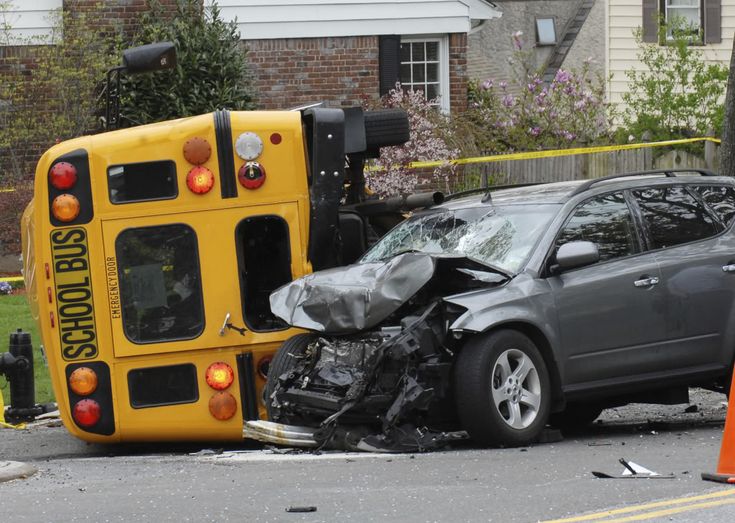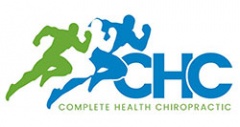
Multiple Sclerosis and auto accident
Multiple Sclerosis auto accident
Important comments made by these authors in this study include:
“The role of physical trauma on MS has been debated for a number of
years.”
“It is important to stress that the trauma was of a uniform type in all cases,
i.e. an acute hyperextension-hyperflexion focal injury to the cervical spinal
cord.” The majority of cases occurred in motor car accidents.
“The severity of the soft tissue injury was mild to moderate in the vast
majority of the cases.”
“The cervical region is the commonest site of spinal cord involvement in MS
and spinal cord atrophy provides the best correlate of the degree of
disability. Thus, it would only seem logical that rapid progression of
disability was a direct consequence of the cervical cord disease in our
cases.”
CNS-specific focal trauma has a role in “precipitating the symptoms of
undeclared MS and adversely affecting the course of benign MS.”
Cervical cord hyperextension-hyperflexion injury is likely to unmask or
worsen the natural course of MS in a subgroup of affected patients.
•••••
Multiple Sclerosis auto accident
The largest study I am aware of in assessing the relationship between physical trauma
and multiple sclerosis was published in the Journal of Neurotrauma in 2012, and titled
(6):
Increased Risk of Multiple Sclerosis After Traumatic Brain Injury:
A Nationwide Population-based Study
The aim of this study was to investigate the risk for MS following a traumatic brain
injury (TBI) using a large-scale cohort study using data from the National Health
Insurance Research Database. A total of 72,765 patients with TBI were identified for the
study cohort, and 218,295 randomly selected subjects were matched and used as
controls. Each group was followed for a period of 6 years.
Patients with TBI had a 97% increased risk of developing MS as compared to the control
group. They concluded:
“Our study concludes that patients with TBI are at higher risk for
subsequent MS over a 6-year follow-up period.”
•••••
Multiple Sclerosis auto accident
Personal Injury Cases and the Right Chiropractors
Chiropractic education instills that personal injury cases have two components:
1. An injury component. This component requires healthcare, treatment to the
injured patient.
2. A legal component. This component involves the protection of the injures
patient’s legal rights.
Chiropractors who treat personal injury patients understand that their clinical
protocols can influence the legal component of a personal injury case. Specifically, there
is no substitute for:
Taking a good case history
Doing a thorough orthopedic and neurological examination
Taking good quality and adequate radiographs
Creating an accurate diagnosis that can be supported by history,
complaints and examination findings
Doing standard and thorough daily charting
Using standard measurement outcomes, such as pain drawings, duties
under duress (DUD), loss of enjoyment of life (LOE), acute concussion
questionnaire (ACE), Rivermead concussion questionnaire, Oswestry,
Roland Morris, Neck Disability Index, SF-36, algometer, visual analogue
scale, etc.
Doing periodic (monthly) thorough subjective and objective re-evaluations
with follow-up written report of findings
Having referred the patient out for needed diagnostic procedures that are
not done in the chiropractic office (MRI, EMG, SEP, SPECT, etc.)
Having referred to other health care providers and/or colleagues for
verifying or additional opinions
Being able to determine when the patient has reached a point of maximum
improvement, and consequently ending regularly scheduled treatment so
that the case can proceed towards settlement of claim
Being knowledgeable and conversant in the academic concepts of soft
tissue injury, such as the phases of injured tissue healing, the relationship
of vehicle damage to patient injury, the influence of pre-accident
degenerative joint disease, and the influence of variables such as preaccident
awareness or head rotation
